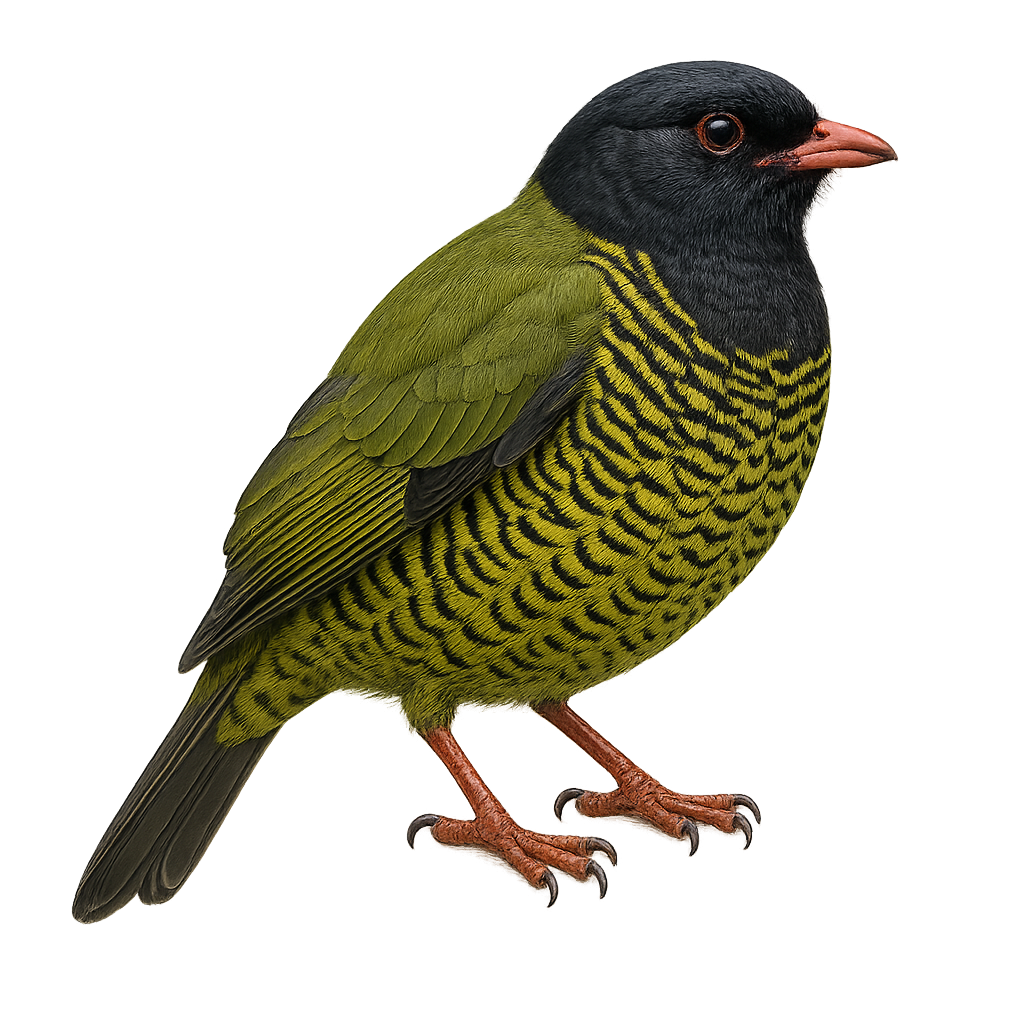Your wildlife photography guide.
Explore the barred fruiteater in detail, study its behavior, prepare your shots.
Where to observe and photograph the barred fruiteater in the wild
Learn where and when to spot the barred fruiteater in the wild, how to identify the species based on distinctive features, and what natural environments it inhabits. The WildlifePhotographer app offers tailored photography tips that reflect the barred fruiteater’s behavior, helping you capture better wildlife images. Explore the full species profile for key information including description, habitat, active periods, and approach techniques.
Barred Fruiteater
Scientific name: Pipreola arcuata

IUCN Status: Least Concern
Family: COTINGIDAE
Group: Birds
Sensitivity to human approach: Suspicious
Minimum approach distance: 10 m
Courtship display: February to April
Incubation: 18-20 jours
Hatchings: March to May
Habitat:
Humid forests, cloud forests, forest edges
Activity period :
Primarily active during the day, with peak activity in the morning and late afternoon.
Identification and description:
The Barred Fruiteater, or Pipreola arcuata, is a captivating bird found in the humid forests of the Andes. It is distinguished by its bright green plumage and vivid yellow belly, contrasting with dark bars on its chest. This elusive bird is often hard to spot, blending into the dense foliage. It primarily feeds on fruits, playing a crucial role in seed dispersal in its habitat. Its presence is an indicator of the health of Andean forests. The Barred Fruiteater is a solitary bird but can sometimes be seen in small groups. Its call is a soft whistle, often heard before it is seen.
Recommended lens:
400mm – adjust based on distance, desired framing (portrait or habitat), and approach conditions.
Photography tips:
To photograph the Barred Fruiteater, it is advisable to use a telephoto lens of at least 400mm to capture detailed images without disturbing the bird. Look for areas where fruits are abundant, as these birds are often attracted to food sources. Be patient and attentive to the soft sounds of their whistle, which can guide you to their location. Morning or afternoon light is ideal for capturing photos with good natural lighting.
The WildlifePhotographer App is coming soon!
Be the first to explore the best nature spots, track rutting seasons, log your observations, and observe more wildlife.
Already 1 432 wildlife lovers subscribed worldwide

